True Momentum
- Indikatoren
- Safwan Rushdi Khalil Arekat
- Version: 1.1
- Aktualisiert: 4 Februar 2023
This indicator represents a genuine momentum oscillator according to the true definition of "Momentum", and as realised by the techniques of digital filtering. (Note: download a complete set of true momentum oscillators here). A scholarly paper on the subject by the current developer can be found here, but in this description we shall borrow only the minimum of conceptual and mathematical framework needed. In the process, we expose some long-held myths about indicators supposedly measuring price momentum, and in particular the one called the "Momentum Oscillator", which is included among the standard MT indicators.
In my earlier free indicators ( DFT of Price and Q n D Frequency Response) , one can get an introduction to frequency analysis to obtain the recognition that many technical indicators have the form of linear digital filters.
An ideal price momentum oscillator has the magnitude frequency response shown in the second screenshot. The response is linear up to a cutoff frequency beyond which all higher frequencies are filtered out to eliminate the noise. The bigger the cutoff frequency the faster the response (maximum 0.5) .The initial linear region is necessary for the filter to act as a differentiator, which is the embodiment of the concept of momentum. A filter with such a frequency response is called a Low Pass Differentiator (LPD), and is subject to much research in the field of digital signal processing (DSP) . Practical filters meeting this criterion must necessarily have a large filter order with a huge signal lag. So in practice, the goal is to only approximate this delta shaped frequency response.
The third screenshot shows the frequency response of the "Momentum Oscillator" on the of MT4 terminal. It looks very different from the LPD response just explained. Metaquotes Corp would do well dropping it from its platform! Careful investigation of the oscillator shows many inconsistencies between price movements and indicator movements (and I am not talking about divergences).
The fourth screenshot shows a comparison of the frequency response of the MACD and the Biquad LPD. Both have the necessary features to be recognised as momentum oscillators (and also the Awsome Oscillator) . But the Biquad LPD is better. It is more linear in the linear region and quenches more high frequency noise. The lag is also lower than the MACD in the important frequency range (screenshot five). The high noise suppression of the LPD allows the implementation of the true acceleration having a parabolic frequency response as shown in screen shot 6. Compare to screenshot five with the inappropriate form of the MT4 platform Acceleration oscillator calculated from the Awesome oscillator.
FINALLY, about the indicator function, appearance and usage: the indicator calculates and plots the Biquad LPD for the selected inputs. Green histogram lines are go long signal, and Red regions go short. The indicator can be called via "iCustom" to import the first buffer signal which is +10 for long and -10 for short and 0 otherwise. The signal is always on, but it can be monitored (if desired) by the input options. There are three modes for signalling which are subject for optimisation.
Check out this indicator to see the performance of the Biquad LPD momentum indicator.
Final Note: I have spent a considerable amount of time and effort searching for the ultimate linear momentum LPD oscillator. Versions do exist,for example LPD's designed by the Filter Design App of Matlab (differentiator design), are exquisite . See the last screenshot. But they have a very long lag. The ones designed by the equiripple method allow (with a little trickery) to get properly normalised minimum phase filters. But these are still laggy compared with the Biquad (which, like the MACD and others, is a fast IIR filter). Even doing tricks like using interpolation techniques have disadvantages, they improve the lag in some frequency ranges but introduce more noise in others. There is always a trade-off between the different oscillators: if they are better in one area, they are worse in another area. For this reason, one should pick a a momentum oscillator, and get to know its strength and weaknesses. This is the only way to be successful. The Biquad introduced here is not bad at all. But I provide some of my other "high tech" momentum oscillators here .
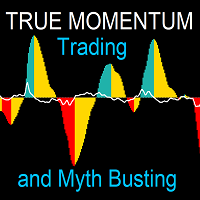
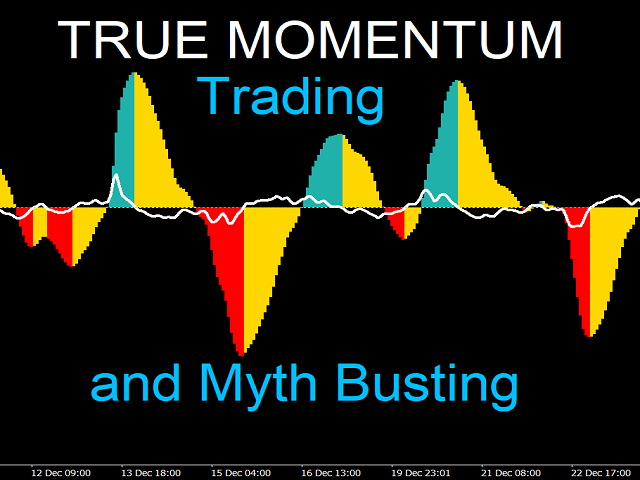
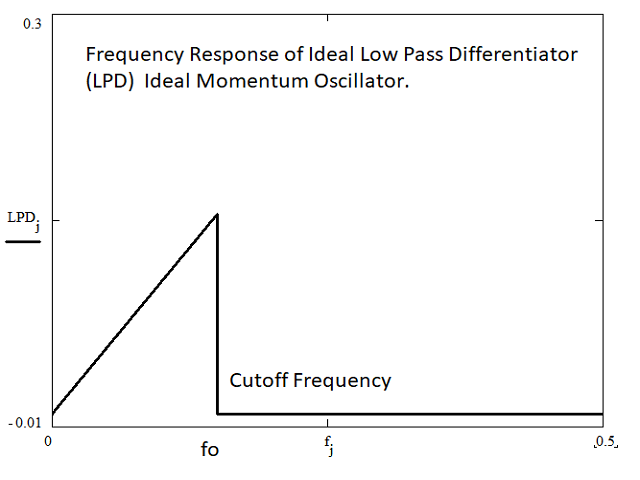
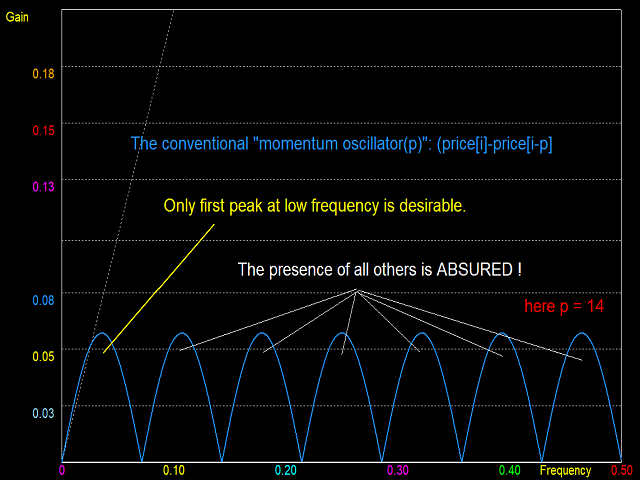
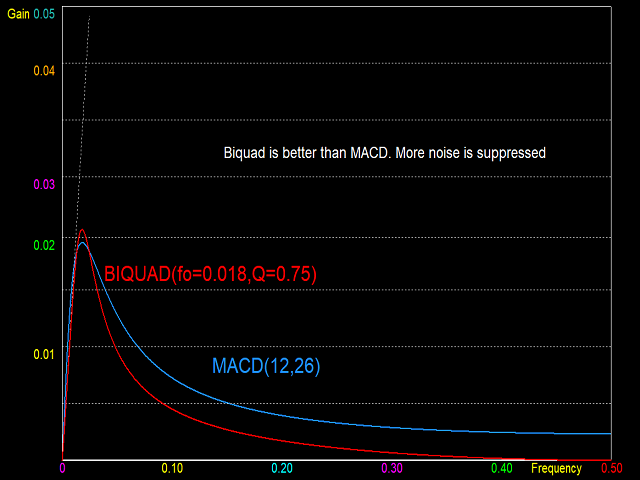
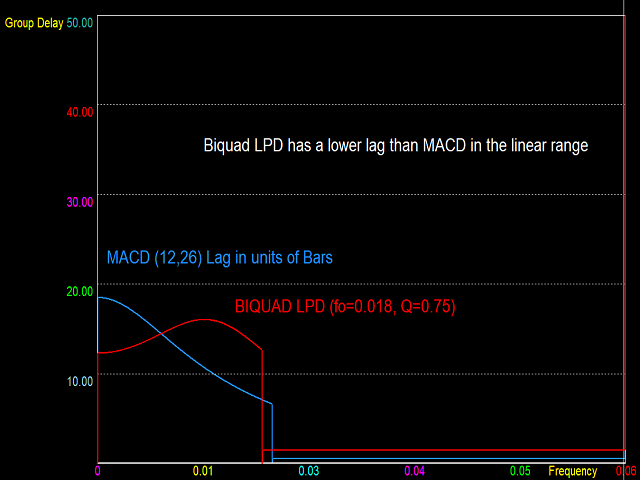
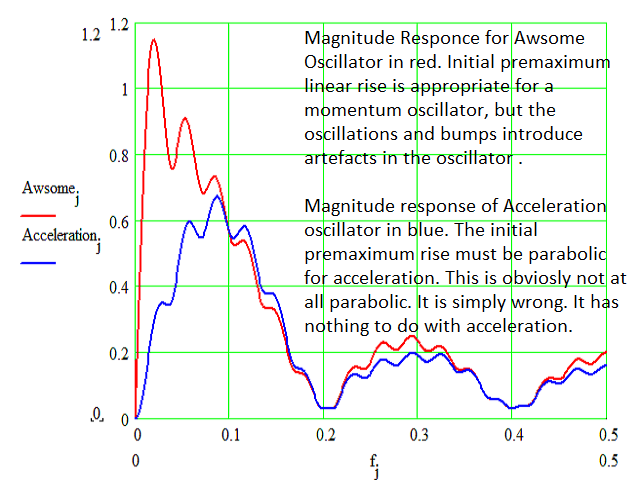
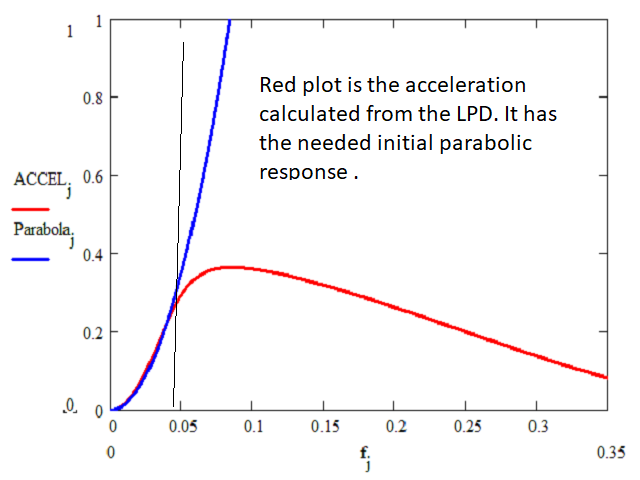
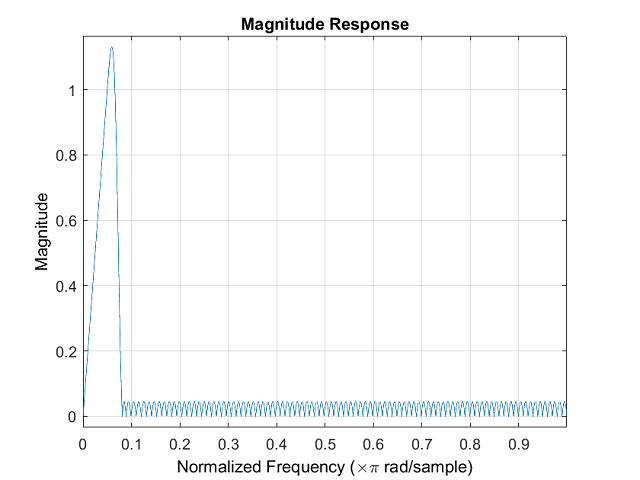


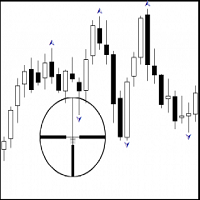
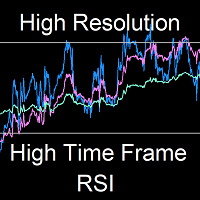
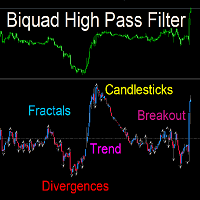
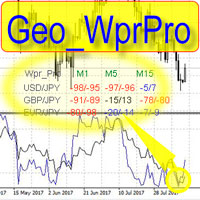



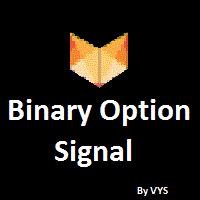






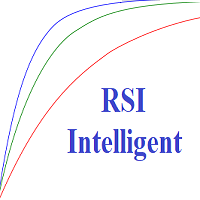


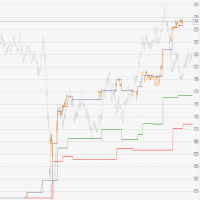



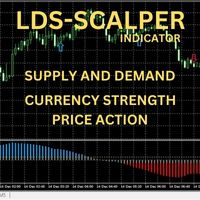


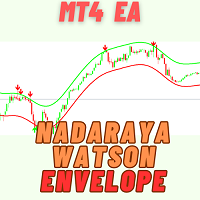


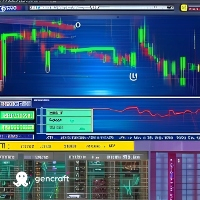


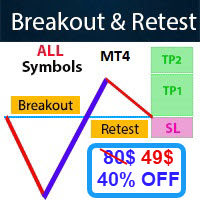









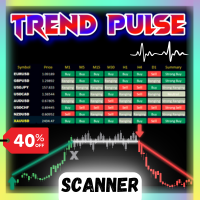



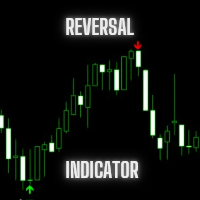


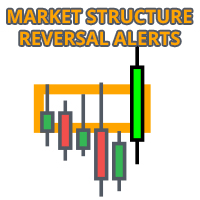


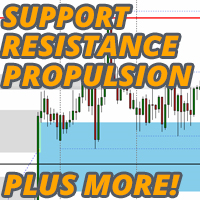




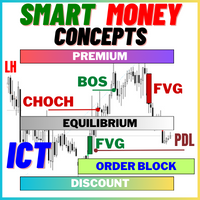



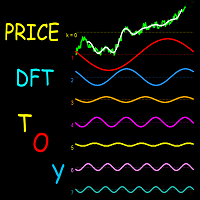

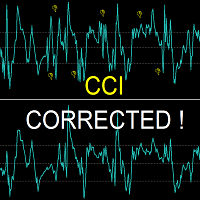

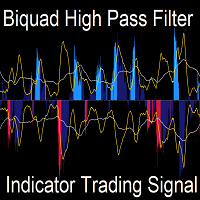
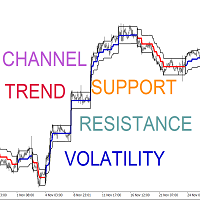
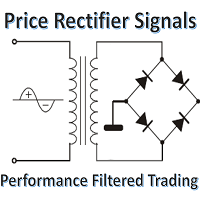
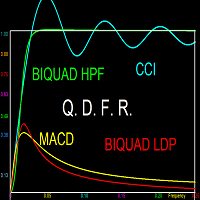
Thank you for this great indicator